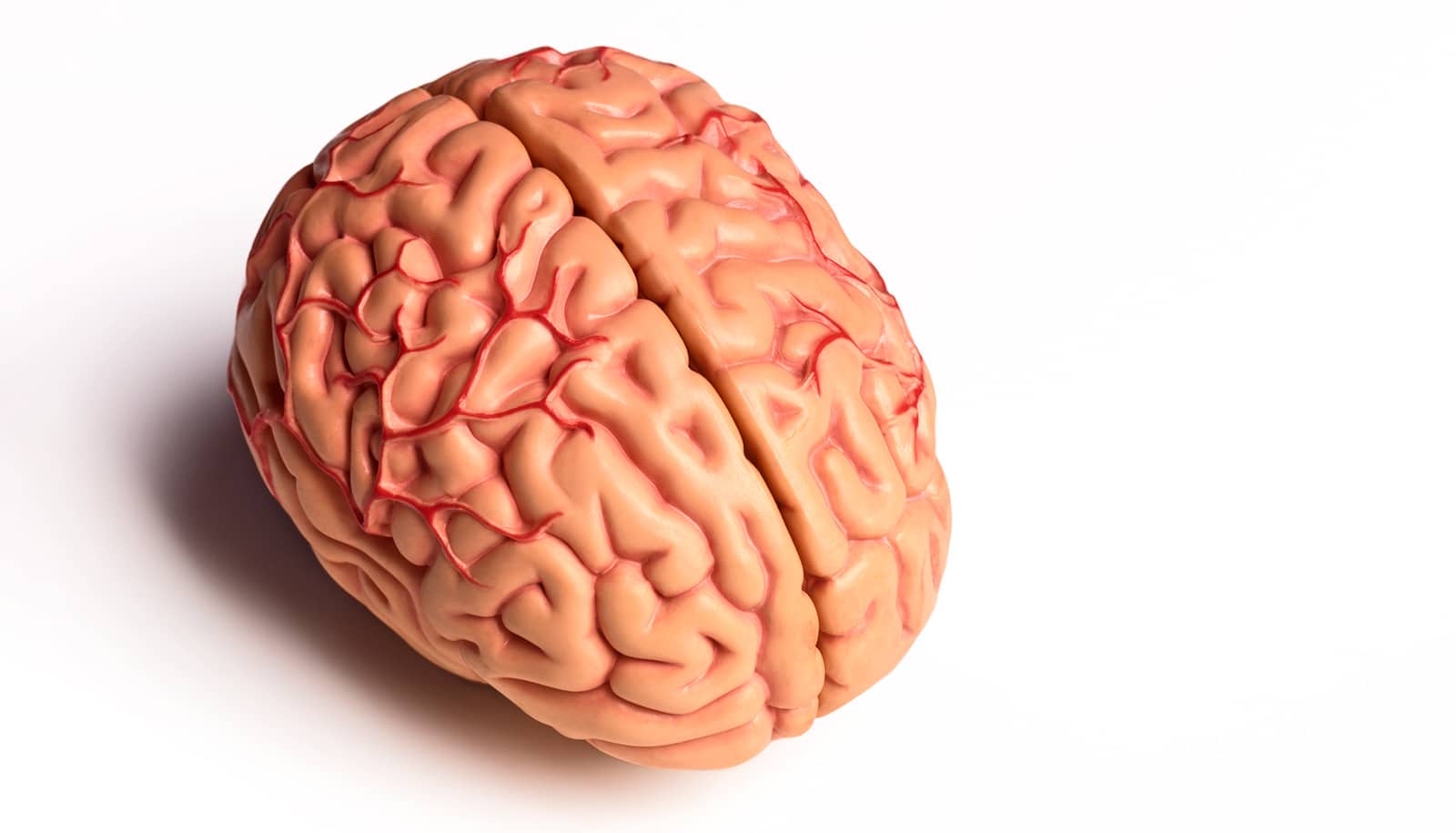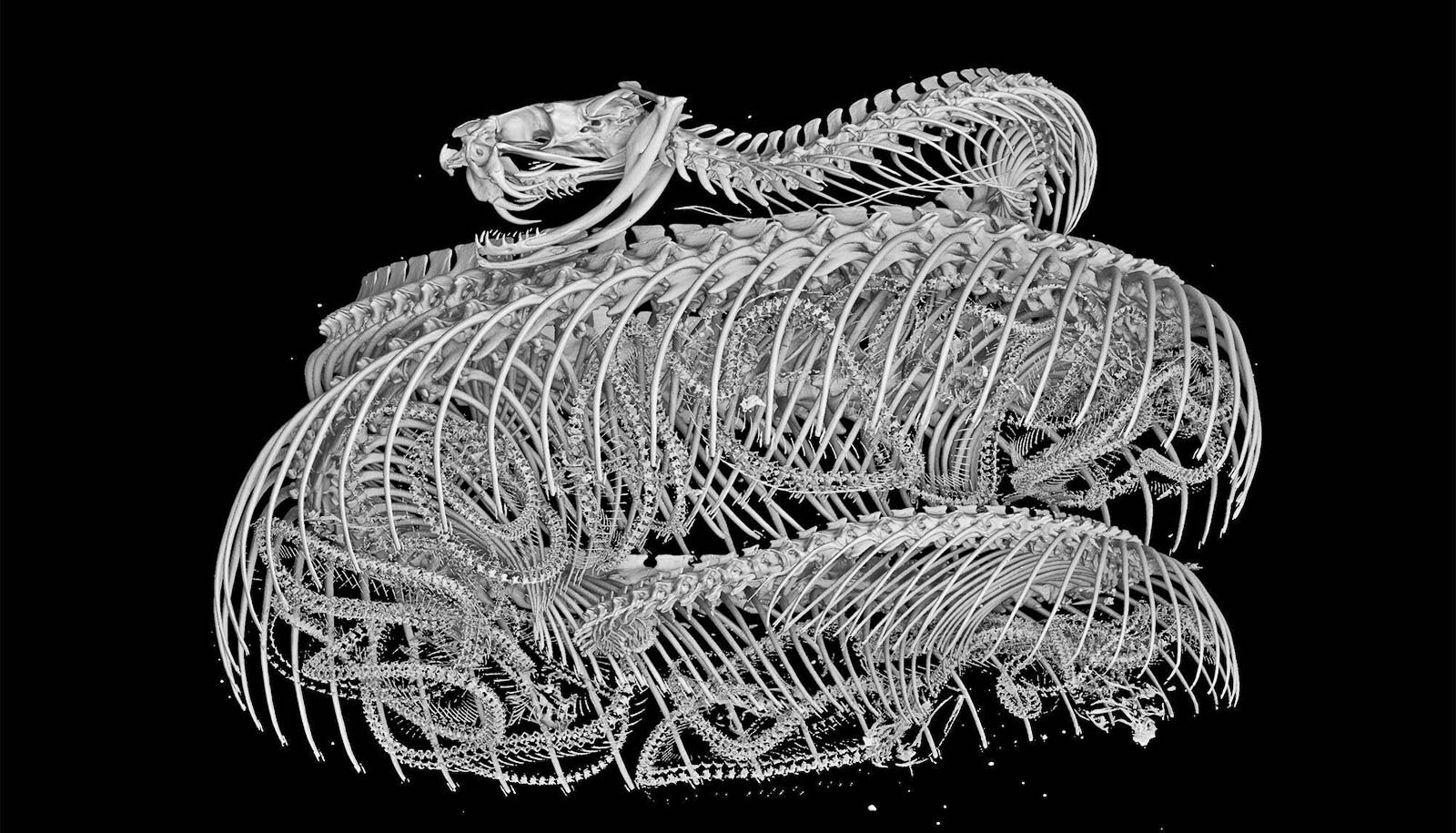Researchers have developed a new way to study protein complexes.
Proteins are the worker bees of the cell, mainly ganging up to form macromolecular, multicomponent complexes to perform intricate cellular tasks.
“Proteins are the main drivers of pretty much every critical cellular process—everything from cell division to cell death…”
Trying to characterize such protein complexes and all of their functions within organisms is a discipline called “proteomics.” Historically, scientists have studied the form and function of proteins by dissolving them with enzymes and sequencing the resulting tiny broken pieces, called peptides. But studying proteins this way causes the loss of a lot of essential information, says Brandon Ruotolo, an associate professor of chemistry at the University of Michigan.
The researchers describe their new method in the journal Analytical Chemistry.
“Proteins are the main drivers of pretty much every critical cellular process—everything from cell division to cell death,” Ruotolo says. They also dominate drug targets because of their central importance in the context of life as we know it. Understanding how these proteins work, compositionally, at a very basic level, is very important for understanding how diseases work.”
Both the traditional approach and Ruotolo’s method use a device called a mass spectrometer, which measures the weight, or mass, of ionized molecules by drawing the molecules into a vacuum. In the traditional approach, after scientists have broken protein complexes down into peptides, they use a technology called electrospray ionization to give those peptides an electric charge. The mass spectrometer then measures the mass of these charged peptides, and breaks them down further using a background gas.
But using enzymes to digest proteins makes it difficult to understand the role of smaller chemical entities that accumulate on proteins, called post-translational modifications. Each time your cell expresses a protein, it can also produce hundreds of these individual post-translational modification states, collectively termed proteoforms, Ruotolo says.
It is the arrangement of these proteoforms within protein complexes that often determines their function. In traditional approaches to study protein complexes, these proteoforms are lost.
“The main movers and shakers in the cell are not individual proteins running around doing jobs—it’s actually dozens of proteins that come together to form super-molecular complexes that do very complicated jobs in the cell,” Ruotolo says. “Now, the real task is to understand how these big machines work.”
Ruotolo’s team uses electrospray ionization to ionize intact protein complexes. Like the peptides typically analyzed in proteomics studies, these multiprotein complexes can be sequenced by a mass spectrometer, but it is often not possible to sequence anything more than a small fraction of the assembly’s structure. Ruotolo’s team has developed a chemical modification strategy that significantly improves the ability to sequence large, multiprotein complexes directly by mass spectrometry.
“This is important because in the mass spectrometer, you have connectivity between the starting proteoform and the sequence ions,” Ruotolo says. “In the enzymatic digestion, that connectivity is broken.”
‘Legos of life’ stack together to build proteins
In his study, Ruotolo’s team developed their method using three different protein complexes. They hope to adapt their method to be able to study larger protein complexes, many times the size of those in their study.
“I think we’re learning every day that even a class of cancers, like leukemia, is actually composed of many different diseases,” Ruotolo says. “The types of measurements we’re developing will only increase our ability to observe that granularity and provide information that could hopefully inform the ability to discover new therapies.”
The group has also published another paper in Analytical Chemistry detailing software, which researchers developed in collaboration with researchers in the computational medicine and bioinformatics department. The software is capable of rapidly capturing sequence information from protein complexes.
Additional researchers are from the University of California, Los Angeles; the University of Leeds; and the University of Antwerp.
Source: University of Michigan



